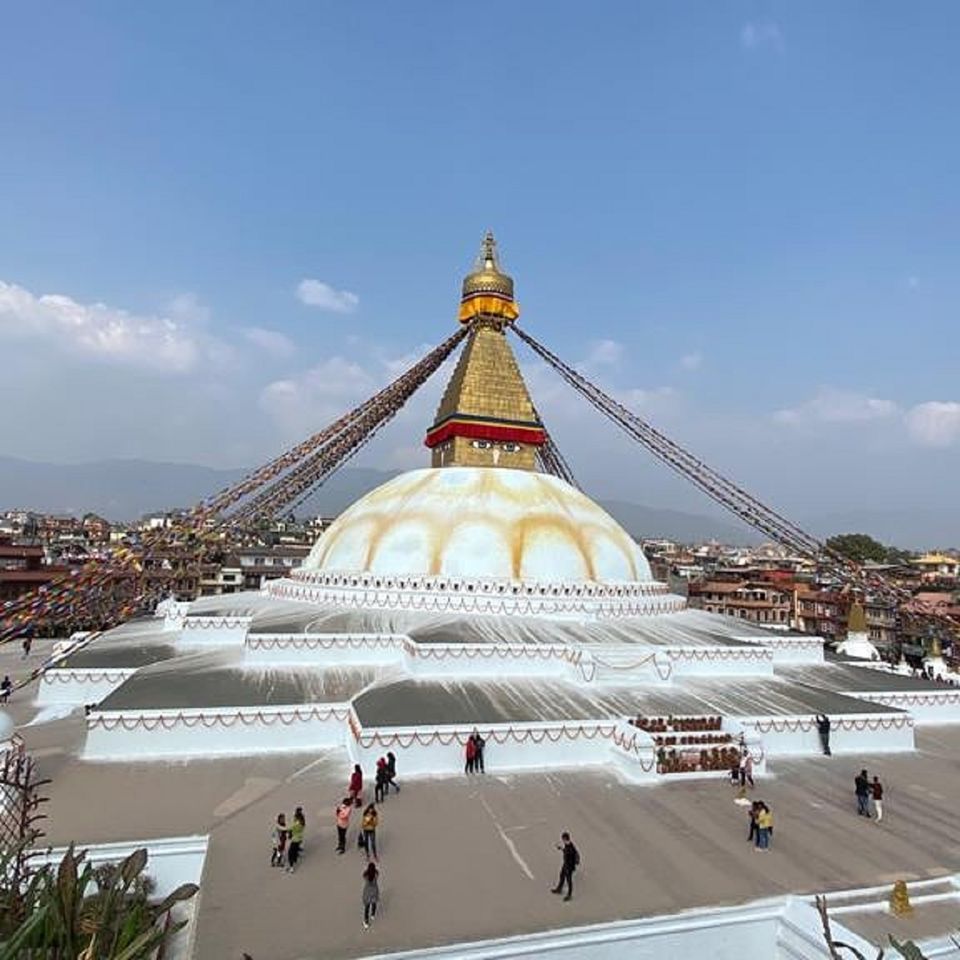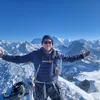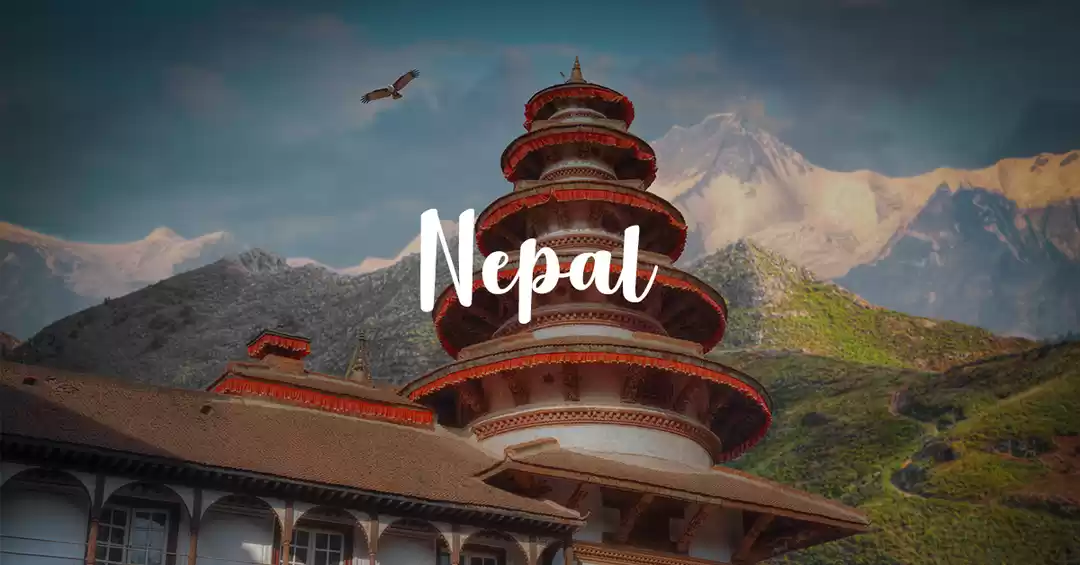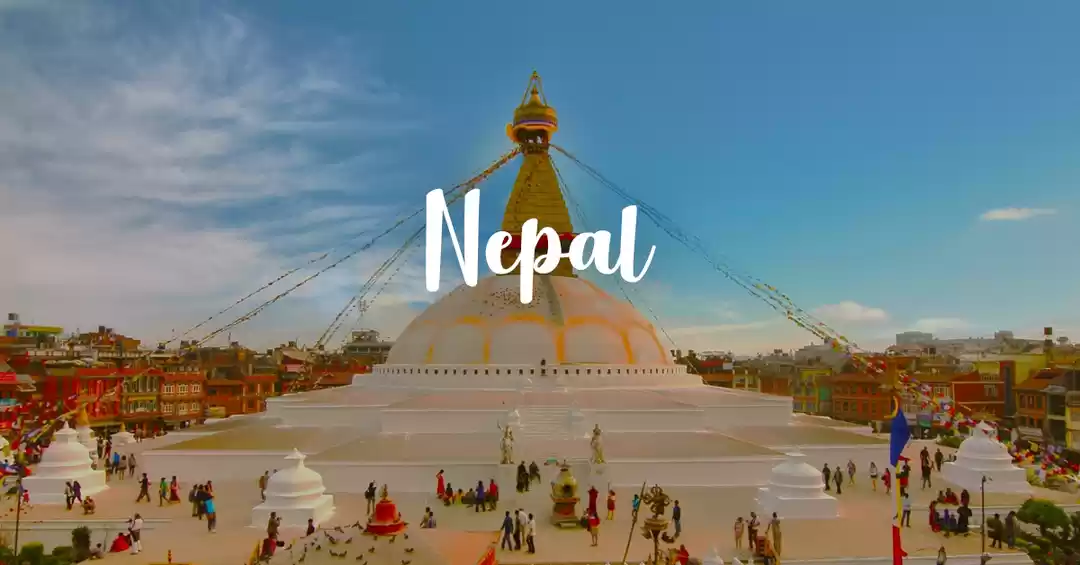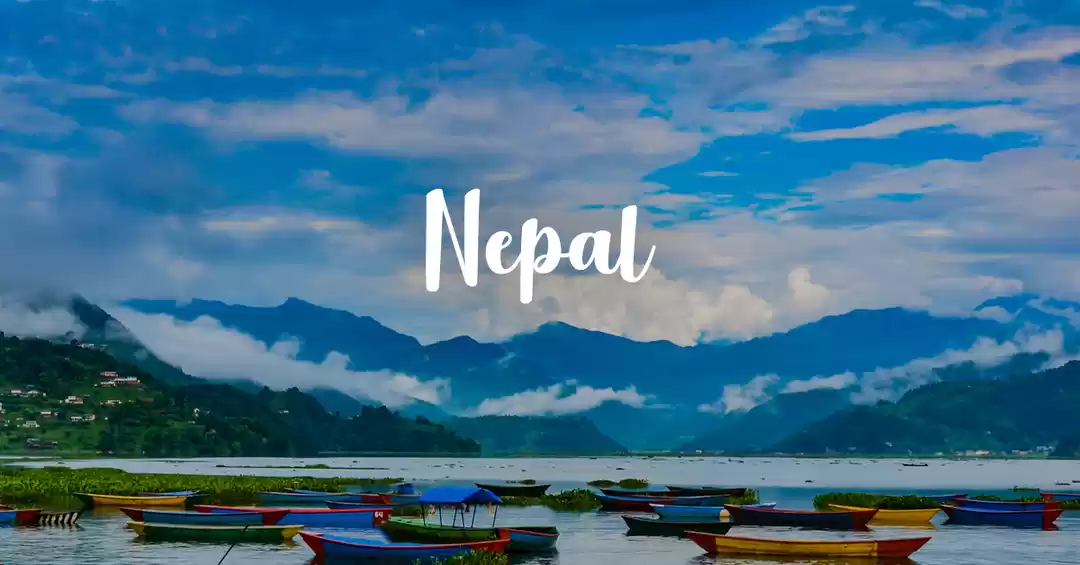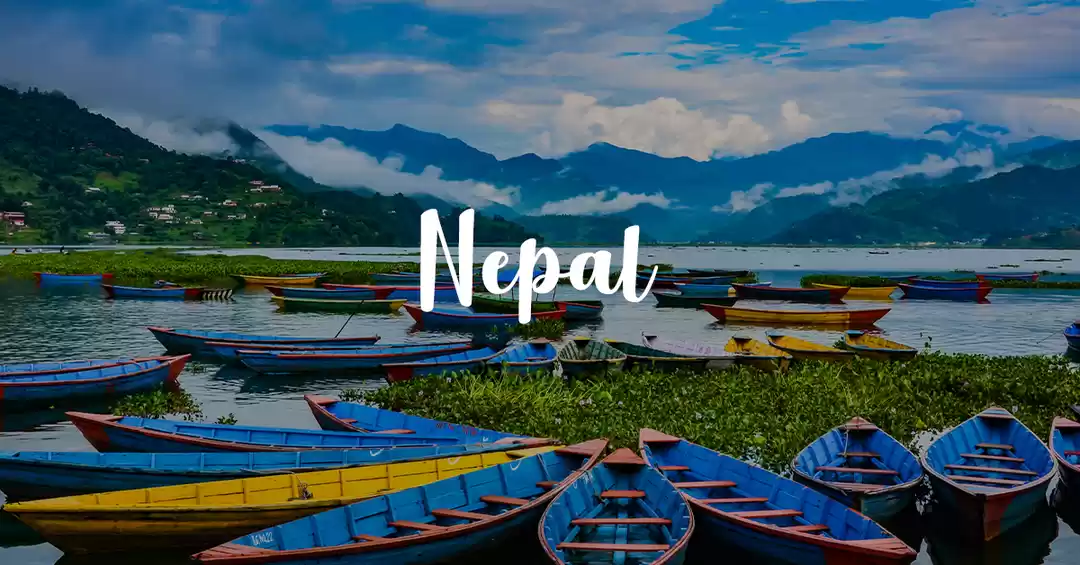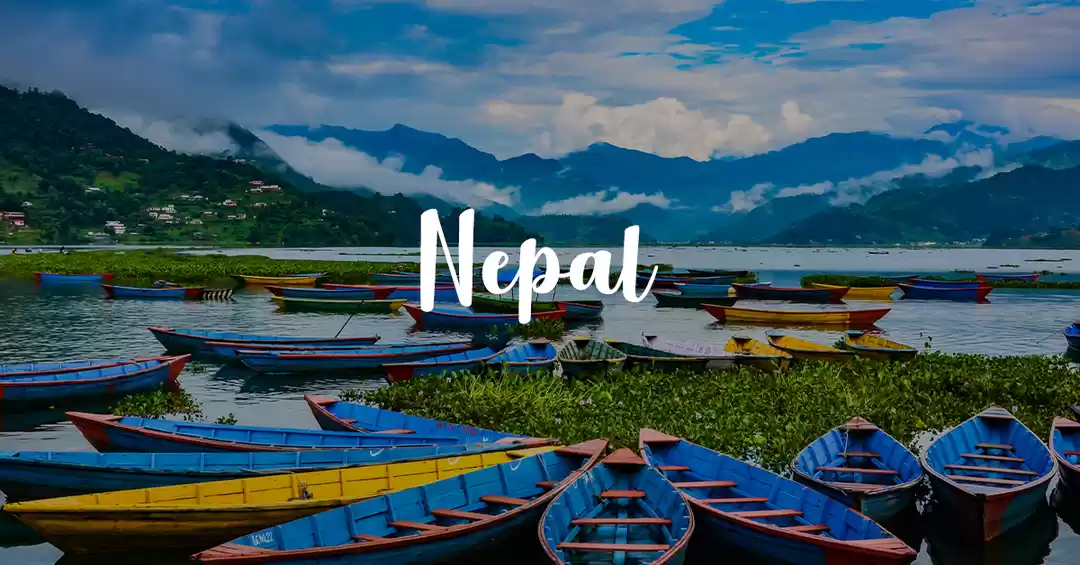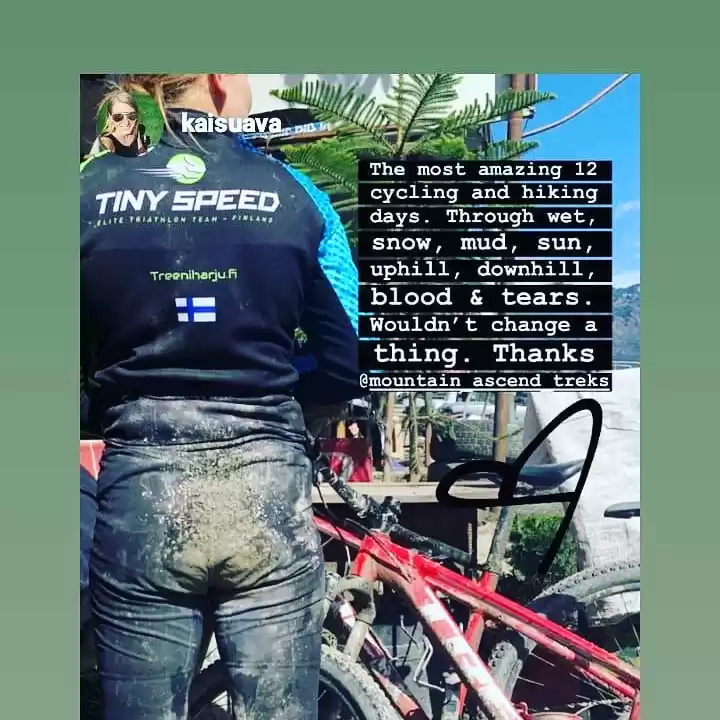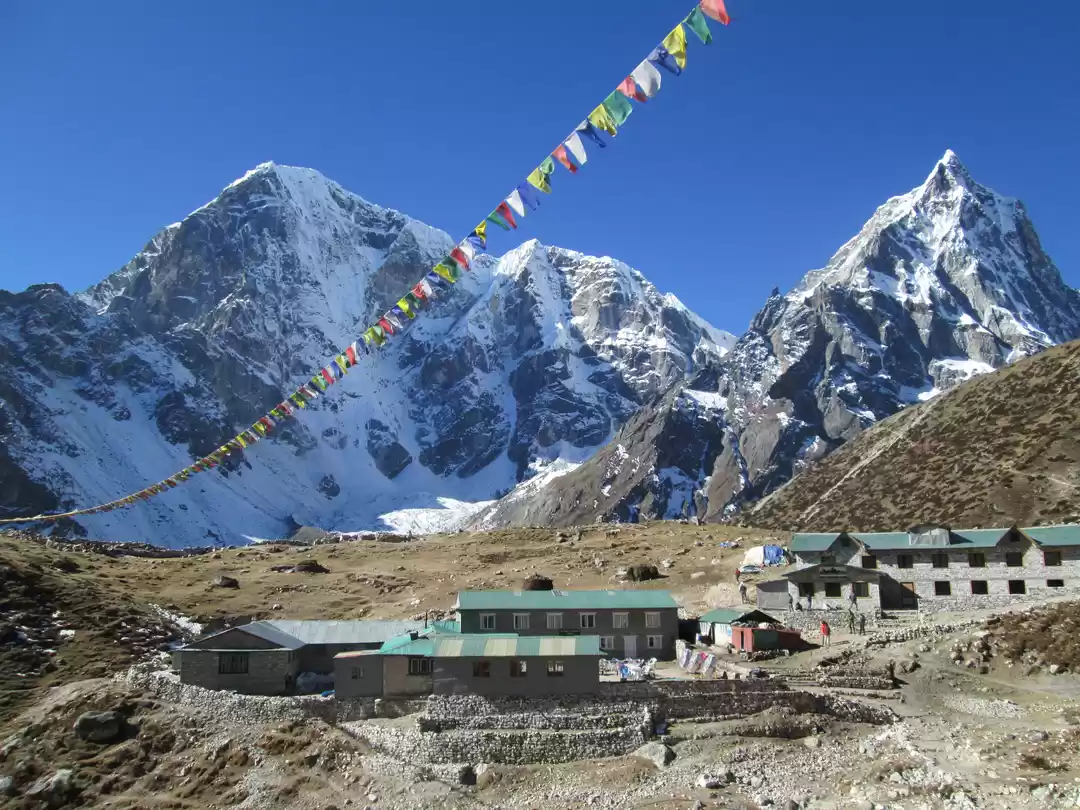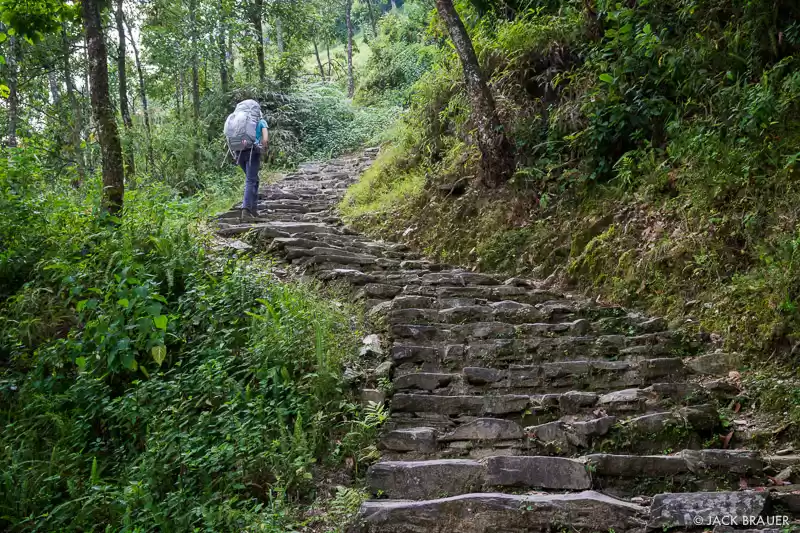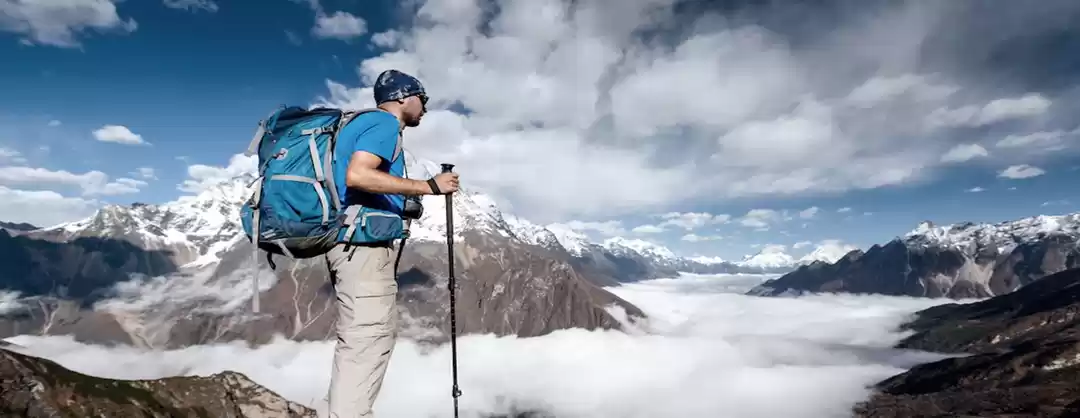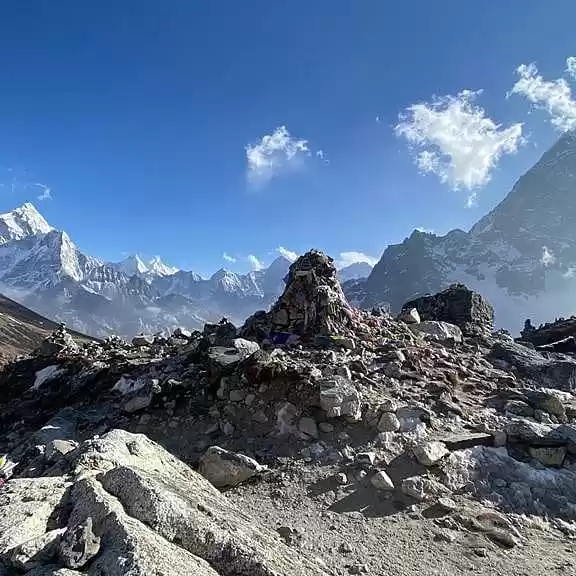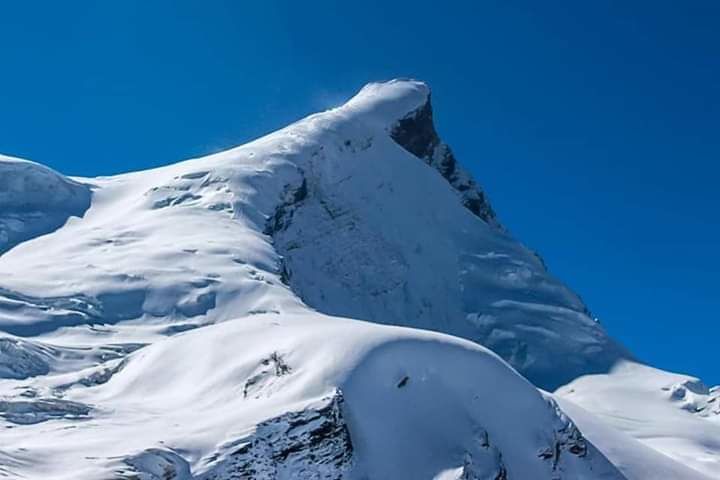
Trip Highlights
Explore the Historical cities; Kathmandu and Bhaktapur.
Scenic flight to and from Lukla.
Step inside and experience life as the “mountain people” live in the heart of Himalayas.
Remarkable views of Kangchenjunga, Makalu, Everest, Nuptse, Lhotse, Ama Dablam, Cho Oyu and many other mountains.
Wonderful staying Experience in remote region.
Summit to highest trekking peak, Mera peak at elevation of 6,654 meters.
Trip Information
Mera Peak, one of the most climbable peaks of the world, continues to fascinate the climbers, living in different parts of the world, with its easy climbing route that you can ever imagine in a mountain. It is indeed grand; it is also impressive, and it is tempting in nature. Also, it has varied alluring features that will meet the expectations of a climber and that capture the attention of your mind, times without number. It has the reputation of an easy peak, less fatal, and this is what matters to the world, and this has also has been looked upon as a driving force by the climbers for a long time. Mera Peak has the elements that are on your favor, and one of them is summitting it. It is also a warm up peak for those, who are climbing Mt. Everest.
It seems Mera Peak is for everybody because it is not a technical peak. Its height ascends to 6000 m plus, a height that has to be respected, the requirement height, as well as the standard elevation that you want to ascend in your life. It is good to have lifetime experience on this peak, where the climbing to the top is always successful. This climbing demands physical fitness from you, after all, you are climbing such an altitude.
The top of Mera Peak is a vantage point, for it shows the view of 8000 m mountains, soaring around us, such as Everest, Makalu, Lhotse, Cho Oyu and Kanchenjunga, as well as to enjoy the panoramic view of snow clad mountains that has the best of the best view in the world.
With the world class climbing guide of Mountain Ascend Treks, you are going to have this, as well as stand on the top of Mera Peak. This is also the guide, who will teach you from scratch, such as how to fix ropes, how to climb up the rocky area, and how to walk on a steep edge, and so on. After all, Mera Peak is a mixed climbing of ice climbing, snow climbing, and rock climbing. These are all the things that you will be doing during Mera Peak Climbing.
A THING TO BE NOTED: Before or during the trip, there are certain factors like weather and political situations that are unexpected barriers and out of our control, which will compel us to change your itinerary. In such a case, please try to understand these barriers, but our purpose will always be to follow the itinerary that has been listed in this website that you have gone through before booking the trip.
Mountain Ascend Treks For Social Causes
Mountain Ascend Treks works in cooperation with local porters and tea-houses by giving them jobs and using their services and in this way, it uplifts the economic conditions of the people.
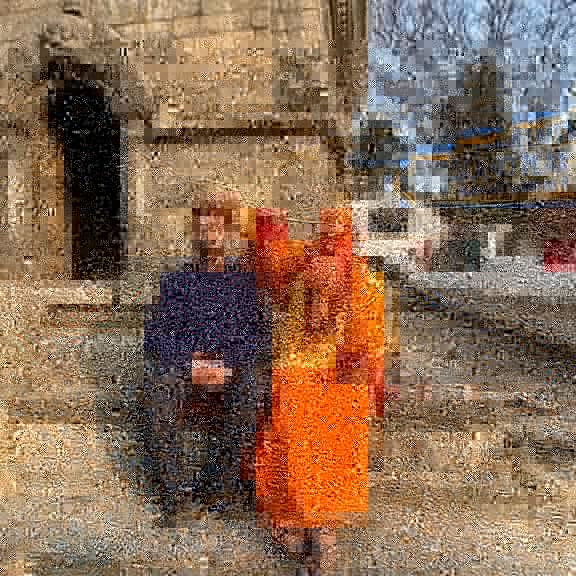
USEFUL INFORMATION
TRAVEL INSURANCE
For everyone who will plan to Trek in Nepal, it is highly recommended that you get travel insurance that covers added expenses that might result due to various health issues, injuries or accidents (together with the ambulance, helicopter rescue, and other treatment costs). Your insurance policy should cover up the entire activities that you are planning to accomplish throughout your stay in Nepal.
In addition to this, the policy should also cover death, misplaced luggage, theft and liability, cancellations, medical treatment (counting hospital charges, cost of the medicine, doctor’s fees) as well as repatriation cost. Also, this trekking trail in Nepal takes you of 5,000 m above the altitude, therefore, you also need to ensure that your insurance policy covers treks that go over 5,000 m.
We suggested that you buy your insurance policy from your home country before joining with us, where it is difficult buying a local travel insurance policy for foreigners in Nepal.
MEALS AND ACCOMMODATION
While you’re in Kathmandu, your accommodation is at a standard hotel (Arrival time and departure time). Your accommodation is at best local Lodge and Guest Houses where available. The Mountain local Lodges are clean and have comfortable beds. The Lodges are fairly basic and the room is spare with twin beds. Blankets are generally provided. There is a large dining hall and warmed fitted with a chimney duct, in which a log fire is lighted.
Eating is a big part of the Holiday. Traveling with Northern Trekking Team, you experience the vast array of wonderful Nepalese food, Italian, Thai, Chinese, and several local foods. While on the trek it will be on full board all 3 times meals (Breakfast, Lunch & Dinner, with Tea/Coffee) included in the package. Your guide will suggest delicious, hygienic special food during your trips. Generally, choose menu items are Nepalese meals (Dal Bhat), Tibetan fried bread, various types of soups, Momo’s (steamed dumplings), boiled and fried potatoes, kinds of pasta and even pizza. So, overall you have a different choice of foods on the trek. During this trek, you will usually have breakfast and dinner at the same guest house.
BOOKING AND PAYMENT
You should book the service at least 15 days before the trek departure date. After you confirm your trip with us, you should be transferring us a photocopy of your passport or your personal information. The personal information you have to provide us your first name, middle name, and last name, passport number, date of birth, nationality, and gender. Importantly, you need to pay 20% of the total price in advance for the domestic flight tickets and hotel booking and permit process. You can pay the remaining balance before you start the trek.
PERSONAL EXPENSES
How much money or cash you should be bringing with you depends on how you do the trip and the number of days you want to spend here in Nepal. Much also depends on your spending habits. Generally, you must have to take10 to 15 USD for spending your expenses, such as laundry, telephone calls, snacks, camera, and mobile battery charging. How much you will be spending during your trekking depends on the standard of the package you have purchased.
OUR GUIDES AND SAFETY
Our guides are fully trained and licensed from Nepal Government Tourism Department, certified by TAAN & Nepal Mountaineering Association.
All our Trekking Guides are professional with decades of experience in this field of adventure. They are trained specially for specified and various trips, to cater the flexible requirement of our clients from different nationalities, this will assure you that your trip will be enjoyable and in safe hands of professional experts.
On every trip, will be one Trek leader and an assistance leader on each additional 7 peoples in the group on treks, this arrangement would ensure that even if any of our guide/ assistance guides gets sick or clients may get sick and need to be evacuated or staying behind from the walks, it wills still works smoothly and there would non-impact with our original trek plan.
Every 7 trekkers will have one Sherpa helper for carrying your trekking bags.
CARING PORTER
Our porter is fully strong, helpful and friendly. Their salary, food, drinks, accommodation, transportation, and Insurance on each trip with us. As you know that we are very trustworthy and polite, while on trek thus we make sure that our porter is fully prepared for the trip. We are closely working with the International Porter Progress Association for the welfare and benefit for trekking porters.
The maximum load carried by our porter minimum 20 to 25 KG maximum so be sure that your trekking bag is not more than the above figure.
HIGH ALTITUDE
This is a high altitude journey and elevation starts from low 1,300 m to 5,416 m high, where symptoms of AMS (Acute Mountain Sickness) might occur due to dry air, cold wind, and less oxygen. Generally, The Annapurna region trip one needs to be in good physical with sound health to avoid other medical complication on the route the journey, just follow our guide he will advise and suggestion which keeps and makes you feel secure to enjoy this fabulous adventure with us.
BEST TIME TO VISIT NEPAL
Three best seasons for the trek to Annapurna region. Generally, the main trails are having with trekkers in the two regions, we suggest you join in at the right time of the year as far as possible.
– High season- Autumn (September-November)
– Shoulder-Spring (March-May)
– Low season- Moonson (June-August)
THINGS TO KNOW BEFORE TREKKING
The main flow of foreign visitors in Nepal is for trekking from moderate to adventurous or challenging treks, the most important is choosing the right trip as per your duration of holiday and fitness, for Annapurna Himalayan trekking adventure one needs to be in sound health and physically fit.
On booking with our preparation of fitness required like walking-jogging-Jumba-aerobic at least fifteen days before your departure from the home country.
Please send us your dietary list and medical history report so that we can arrange well in advance respectively. Book the ticket from home for Kathmandu, Nepal to reach at least two days ahead and earlier from trek departure with much space in Kathmandu after the trek, this allows you with more time in Nepal to enjoy the culture and heritage sites of Nepal.
If you are wondering about how to obtain Nepal visa, then the easiest way to obtain it is at the Tribhuwan International Airport upon your arrival in Nepal or else at the immigration entry point if you are entering through the border of India or Tibet.
Note:There are few countries namely Nigeria, Ghana, Afghanistan, Zimbabwe, Somalia, Cameroon, Swaziland, Iraq, Ethiopia, Liberia, Palestine, etc. People from these countries do not get a visa from the immigration entry points of Nepal.)
PASSPORT & VISA INFORMATION
1) WHAT DO YOU NEED TO OBTAIN A NEPAL VISA?
If you are thinking of taking a visa at the airport or immigration entry point, the following are your requirements:
– A valid passport (The passport should have a validity of at least six months)
– You should fill the application form for visa available at airport or immigration entry points.
– Two passport size photos
– Visa fees which should be paid in cash.
2) ENTRY POINTS TO NEPAL
– Tribhuwan International Airport, Kathmandu
– Eastern Nepal – Kakarvitta, Jhapa
– Central Nepal – Birjung, Parsa
– Northern Border – Kodari, Sindhupalchowk
– Western – Rupandehi (Belhiya, Bhairahawa)
– Mid-western – Banke (Jamuna, Nepalgunj)
– Far western – Kailali (Mohana, Dhangadhi) / Kanchanpur (Gaddachauki, Mahendranagar)
3) VISA FEES
– USD 25 or equivalent convertible currency for 15 days.
– USD 40 or equivalent convertible currency for 30 days.
– USD 100 or equivalent convertible currency for 90 days.
– For the tourist of SAARC nationals, free visa up to 30 days.
– Visa is not required for Indian nationals. However, if they enter Nepal via air, they will have to show a valid identification certificate (passport/ citizenship certificate). The children under the age of 10 do not need to show an identification certificate.
4) VISA EXTENSION
– If you want to extend the visa for 15 days or less, visa extension charge is USD 30 or equivalent convertible currency
– If you want to extend the visa for more than 15 days, USD 2 will be charged per day after 15 days. However, the visa can be extended maximum up to 150 days in a visa year (Visa year refers to the year starting January to December.)
5) TRANSIT VISA
When a foreigner has to get down at Nepalese airport as a result of his/her transit point or due to any force landing for whatever the reason, the foreigner can obtain a transit visa for a day after paying USD 5 or any other currency equivalent.
OTHER GENERAL INFORMATION
– Entering into Nepal or staying in Nepal without a valid visa is illegal.
– A tourist visa can be obtained either through the Nepalese embassy or consulate or other mission offices in your nation or at the immigration entry points in Nepal listed above.
– Visa once issued cannot be amended and the visa fees are non-refundable.
– You should pay the Nepal visa fees in cash. Credit card or cheque is not acceptable.
– Visa charges are not applicable for children under 10 years of age, however, they must obtain a valid visa.
– If you are obtaining a new passport or travel document, you are advised to contact the Immigration Department for the document transfer.
– Always carry your passport and trekking permit while on trekking.
– Some of the areas are restricted for filming. Therefore, be careful not to do the activities that are strictly prohibited.
– The culture, tradition, and sentiments of Nepalese people should be respected. Do not perform any activities that would hurt their sentiments.
– Do not perform any activities that would lead to moral turpitude.
Day 1: Arrival In Kathmandu (1400 M) (Overnight At Hotel With Breakfast)
After your arrival in Tribhuwan International Airport, you will find us outside the airport with the banner of Mountain Ascend Treks. If you arrive in the evening or at the middle of the night, we take you straightly to the hotel by vehicles, such as car, van, depending on the number of passengers. If you arrive in the day, we will take you to our office, where we will talk about your trip in detail, telling you about do’s and don’ts. If you have a free time in the day, then you can use it to visit the places that are around your hotel, most probably, you will be staying in Thamel, which is a lively town for the tourists. You can also ask any questions related to your trip. If you have made a half-payment to us then you are requested to pay the remaining balance now. As you come to our office, please bring your passport, which has a validity of 6 months, including three copies of passport-sized photos, and a readable copy of your travel insurance paper. This is followed by the signing of the paper of your trip, as well as non-liability disclaimer paper.
Day 2: Combined Sightseeing Of Kathmandu And Bhaktapur (Overnight At Hotel With Breakfast)
After breakfast, you will do the combined sightseeing of Kathmandu and Bhaktapur with a city guide. The former is the city of temple, while the latter is the oldest city of Nepal. These cities have lots of historical monuments, so you will visit these monuments selectively. We have to make a selection because the sightseeing of these cities is of half-day.This much time will be enough to visit Kathmandu Durbar Square, Boudhanath, and Changu Narayan Temple in Kathmandu and Bhaktapur. Not only these, Mountain Ascend Treks will also provide you an
option of visiting Pashupatinath Temple, Monkey Temple, and others. In addition to these, Mountain Ascend Treks gives the top-most prioritazation to your favorite places. Your visit is important to us, and we always cooperate with you.
Day 3: Fly To Lukla (2804m) And Trek To Chutok (2800m) 3 Hrs (Overnight At Hotel With Breakfast, Lunch, And Dinner)
From Kathmandu, you fly to Lukla in a small aircraft, called twin otter. Lukla is the gateway to Mt. Everest. There are 18 to 20 flights per day, and the name of the Lukla Airport is Tenzing-Hillary Airport. Only pilots, who have 7 years experience in aviation, are permitted to fly to Lukla. From there, you head of to the Chutok La pass (2945).
In Case of Flight Delay to Lukla and Kathmandu
Tenzing-Hillary Airport is located at an altitude of 2860 m. It is a hilly airport. It is also surrounded by the snow-covered mountains, Lukla has mountain weather. Sometimes, this weather changes unfavourably and causes a flight delay. In such a case, the helicopter will be charted upon your request by Mountain Ascend Treks. The fare per person will vary from helicopter to helicopter or from company to company. The fare will be roughly between USD 500 to USD 3000. The helicopter has a capacity for 4 to 6 passengers, and it can fly even at the low visibility of 1500 m, while the twin otter flies at the high visibility of 5000 m.
Day 4: Trek To Khartitang (3900m) Via Zatrawala Pass (4704m) 7 Hrs (Overnight At Hotel With Breakfast, Lunch, And Dinner)
After breakfast, we follow an asceding trekking trail that connects Chutenga with the Zatrawala Pass. After crossing this pass, we continue walking to Zatrabok and enjoy the spectacular view of mountains, such as Numbur Himal, Kongdi RI, Karyolang peak and so on. After sometime, we follow a descending trekking trail that takes us to Khartitang at 3900 m.
Day 5: Trek To Kothey (3600m) 5 Hrs (Overnight At Hotel With Breakfast, Lunch, And Dinner)
After having breakfast, we follow a descending trekking trail that takes us to juniper and rhododendron forest and ultimately to Kothey.
Day 6: Trek To Tangnang (4356m) 5 Hrs (Overnight At Hotel With Breakfast, Lunch, And Dinner)
After having our breakfast, we head towards Tangnang, Sabal Tsho-Lake, and the Hinku valley. The trial is scenic, and we see the breath – taking view of Kusum Kanguru.
Day 7: Acclimatization (Overnight At Hotel With Breakfast, Lunch, And Dinner)
Today is an acclimatization day, which means, we have to prepare ourselves for tomorrow’s higher altitudes. Your trekking guide/climbing will provide information on this. Acclimatization also means a resting day. It means a time to give a rest to your legs and heart that have walked uphill and that has beated. Further, acclimatization also means hiking to the nearby areas.
Day 8: Trek To Khare (5045m) 4 Hrs (Overnight At Hotel With Breakfast, Lunch, And Dinner
We climb up along the lateral moraine of the glacier and see the awesome view of Mera Peak.
Day 9: Acclimatization At Khare (Overnight At Hotel With Breakfast, Lunch, And Dinner)
Today is an acclimatization day, which means, we have to prepare ourselves for tomorrow’s higher altitudes. Your trekking guide/climbing will provide information on this. Acclimatization also means a resting day. It means a time to give a rest to your legs and heart that have walked uphill and that has beated. Further, acclimatization also means hiking to the nearby areas.
Day 10: Trek To Mera La (5415m) And Base Camp (5300m) 5 Hrs (Overnight At Tented Camp With Breakfast, Lunch, And Dinner)
We progress along the snowy glacier and approach the pass
Day 11: Trek To High Camp (5800m) 5 Hrs (Overnight At Tented Camp With Breakfast, Lunch, And Dinner)
Today we continue to the high camp. We will be blessed with the stunning panoramas of giant mountains rising above 7000m i.e. Chamlang (7290m), Makalu (8475m) and Baruntse (7220m) to the east, Everest (8848m), Lhotse (8501m) and Nuptse to the north and Ama Dablam, Cho Oyo (8153meters) and Kantega to the west
Day 12: Mera High Camp To Mera Peak Summit (6654m) And Trek To Khare (4900m) 10 Hrs(Overnight At Hotel With Breakfast, Lunch, And Dinner)
Today, the whole crew wakes up at around 1 a.m. for preparation. The climbers too have to wake up around 2.30 am. We have our breakfast and put on crampons and rope. Then we embark our journey to the summit. It takes around 4-6 hours to reach the summit of Mera. From the summit, we can see the spectacular views of Mt. Everest (8,848m), Cho-Oyu (8,210m), Lhotse (8,516m), Makalu (8,463m), Kanchenjunga (8,586m) Nuptse (7,855m), Chamlang (7,319m), Baruntse (7 ,129m) Ama Dablam (6,812m) Kangtega (6,779m) and many more. We then retrace our steps down to high camp. After a rest accompanied by some hot soups/tea, we continue down to Khare for the night.
Day 13: Reserve Day For Contingency (Overnight At Tented Camp With Breakfast, Lunch, And Dinner)
If the weather is unfavorable, we will not be able to summit the Mera Peak on day 12. Day 13 is needed in case we are not able to summit.
Day 14: Trek To Khothey (3600m) 5 Hrs (Overnight At Hotel With Breakfast, Lunch, And Dinner)
We leave the mountains behind and descend to Tangnang and trek along the same trail. At Kothey, we celebrate our success.
Day 15: Trek To Zatrabok 6 Hrs (Overnight At Hotel With Breakfast, Lunch, And Dinner)
We trek back to Zatrabok. The trial offers magnificent view of alpine vegetation like huge rhododendron forest.
Day 16: Trek To Chutenga 5 Hrs (Overnight At Hotel With Breakfast, Lunch, And Dinner)
Today we head towards Chutenga. The trail ascends until we reach the Zatrawala Pass and then again descend until we reach Chutenga.
Day 17: Trek To Lukla 4 Hrs (Overnight At Hotel With Breakfast, Lunch, And Dinner)
The trekking trail descends to the valley and takes you to the suspension bridges over the Dudh Koshi River and is easy to do, and we will be walking most of the time along the Dudh Kosi River. Later this trail joins with Lukla, from where we catch a return flight to Kathmandu, the city of temples. And it is in Lukla, we feel that we have done the world’s best trek in 14 days.
Day 18: Fly To Kathmandu And Farewell Dinner (Overnight At Hotel With Breakfast, Lunch, And Dinner)
We catch an early morning flight to Kathmandu. After reaching Kathmandu, we can take a rest or do some souvenir shopping. If you are interested, then Mountain Ascend Treks help you in souvenir shopping. Later in the evening, you will have a farewell dinner in a Nepali restaurant, where you can see Nepali dance.Also, there will be Nepali music and songs. Along with these, there is a lot of tourism activities that you can do in Nepal. Some of these are jungle safari, biking, and mountain flight.
Day 19: Departure From Kathmandu (Breakfast Is Included And Transportation Is Provided)
Today is the last day of your trip. We make sure that you reach the Tribhuwan International Airport on time for departure.We will take you approximately 3 hours before your scheduled flight. We will keep in touch with you through emails. Since Nepal is the cheapest tourist destination in the world for any tourism activities, Mountain Ascend Treks is always ready to provide you service.
